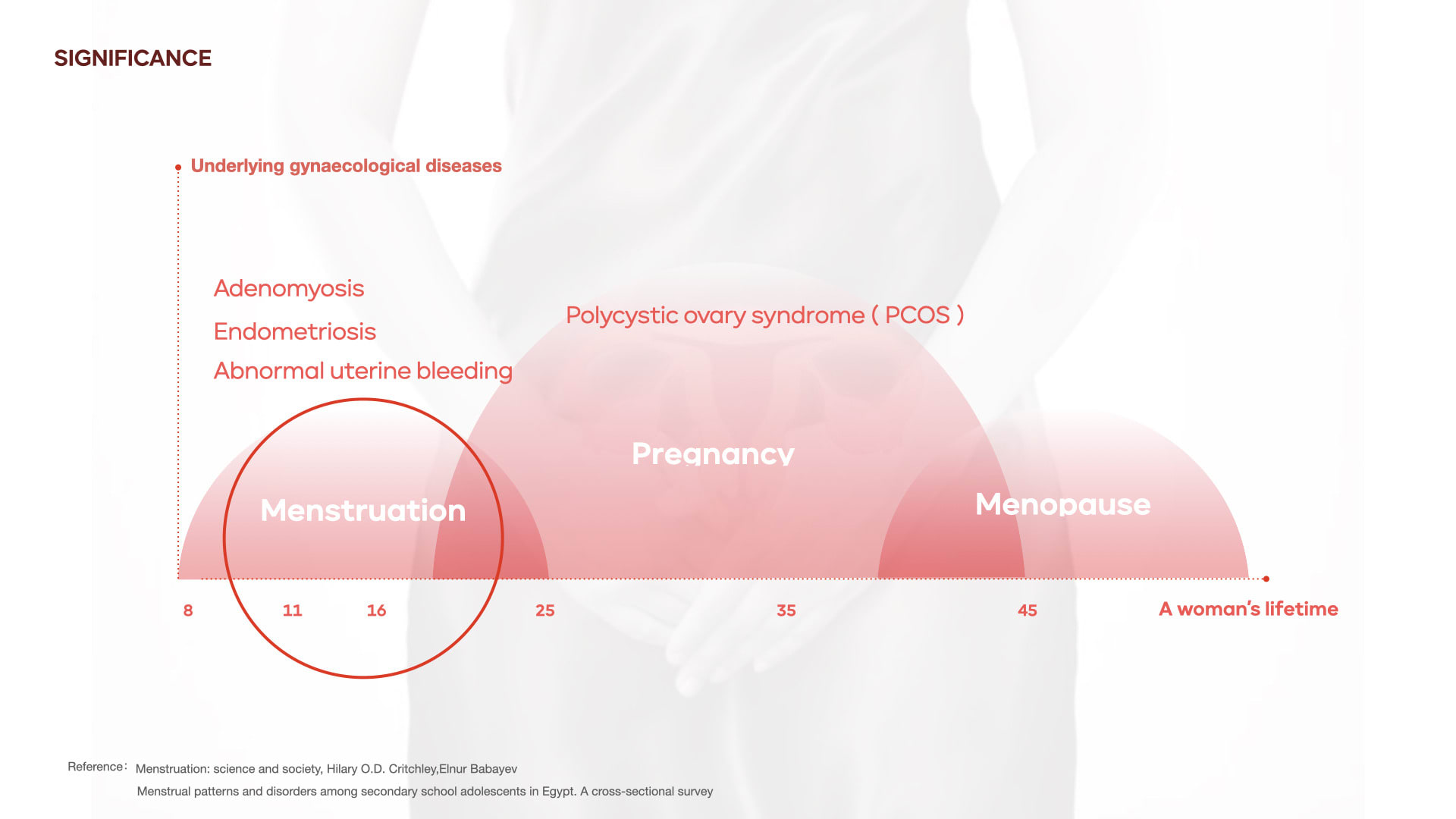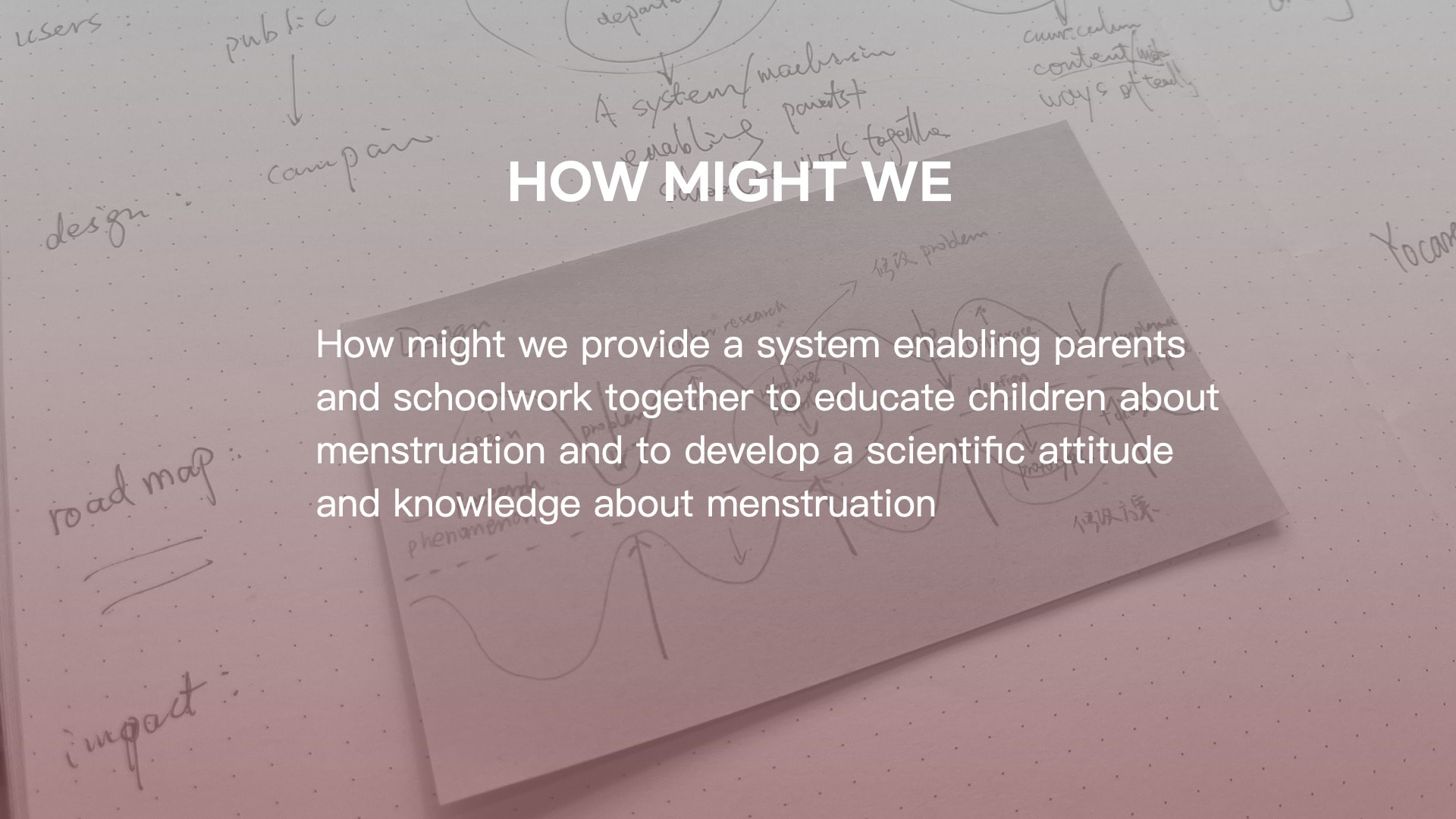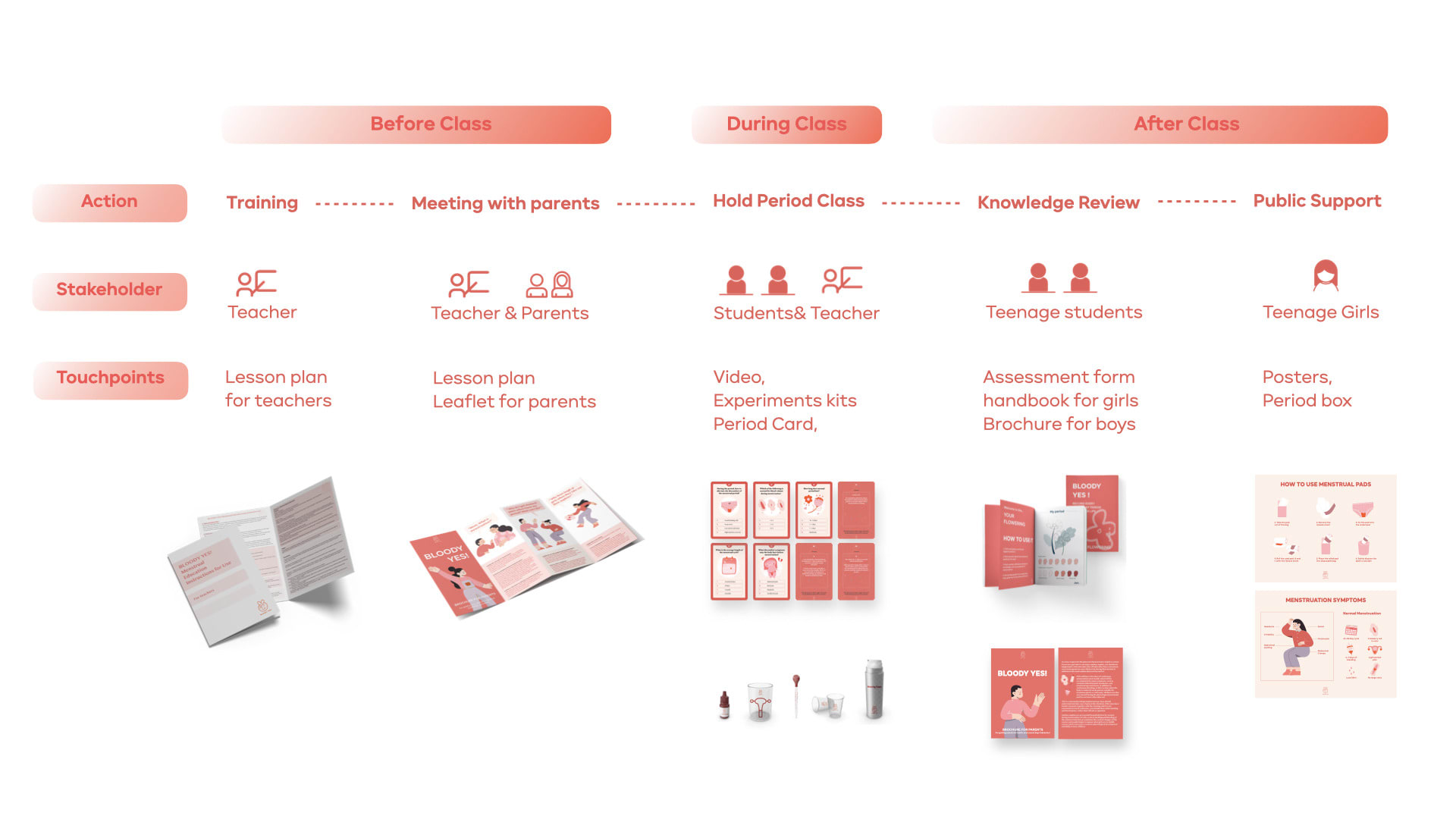📖 I studied Integrated Innovation Design at Jiangnan University before Service Design,I love communicating with users and understanding psychological behaviors to build warm designs
💡 I think design is not just about the self-expression of the designer, but about the process of identifying problems and then trying to solve them. Through rational, integrated creation, I pursue a universal balance and harmony in communication between client and designer. Design is the process of digging deeper and deeper into the essence of design in practice, a process that comes from thinking about life and the designer's keen observation.
🤔 I wish to continue exploring the intersections of and expanding the boundaries of service design, sustainability and human-centered design.







